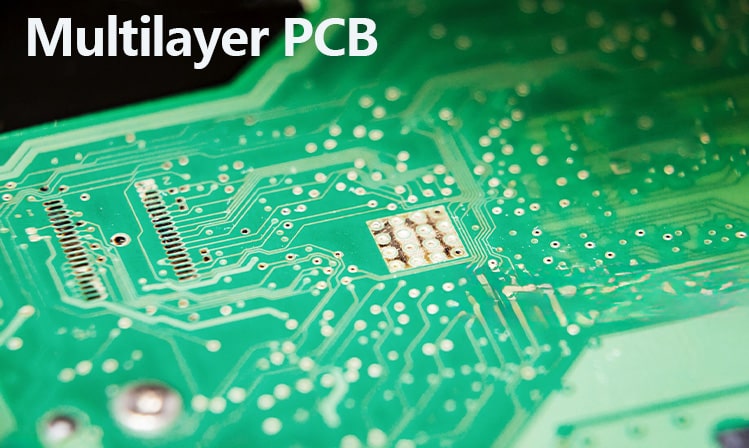Multilayer PCB circuit board materials
With the continuous development of electronic technology, the demand for high-layer PCB circuit boards is increasing. In order to meet the needs of different application scenarios, a variety of materials have emerged on the market.
Copper foil substrate
Features: Copper foil substrate is the basis of high-layer PCB circuit boards, with good electrical conductivity and thermal conductivity.
Advantages: low price, easy to process and weld.
Disadvantages: poor corrosion resistance, easily affected by environmental factors.
FR-4 glass fiber cloth substrate
Features: FR-4 glass fiber cloth substrate has good mechanical strength and rigidity, suitable for high-frequency circuits.
Advantages: low cost, suitable for large-scale production. Good heat resistance, can still remain stable in high temperature environment. High mechanical strength, can withstand greater mechanical stress. Good flame retardant performance, strong chemical corrosion resistance, environmentally friendly and non-toxic.
Disadvantages: poor thermal conductivity, not suitable for high temperature environment.

Aluminum substrate
Features: Aluminum substrate has good heat dissipation performance, suitable for high power density circuits.
Advantages: light weight, high mechanical strength, good corrosion resistance.
Disadvantages: high price, poor thermal conductivity.
Ceramic substrate
Features: Ceramic substrate has excellent electrical properties and mechanical strength, suitable for high-frequency and high-power density circuits.
Advantages: Good thermal conductivity, suitable for high-power density electronic equipment. Low thermal expansion coefficient and good dimensional stability. Excellent electrical insulation performance, suitable for high voltage applications, excellent thermal conductivity, strong corrosion resistance, environmental protection and non-toxic.
Disadvantages: The manufacturing process is relatively complex and expensive. Fragile and needs to be handled carefully.
Composite substrate
Features: Composite substrate combines the excellent properties of multiple materials and can be customized according to specific application requirements.
Advantages: The appropriate material combination can be selected according to different application scenarios to achieve the best performance balance.
Disadvantages: High cost and difficult processing.
The selection of multi-layer PCB materials depends on application needs and performance requirements. Different materials have their own characteristics and advantages and disadvantages, such as copper foil substrate is cheap but has poor corrosion resistance; FR-4 glass fiber cloth substrate has good mechanical strength and flame retardant properties but poor thermal conductivity; aluminum substrate has good heat dissipation performance but high price, etc. Understanding the characteristics and advantages and disadvantages of different materials will help engineers make the best choice during the design and manufacturing process.







